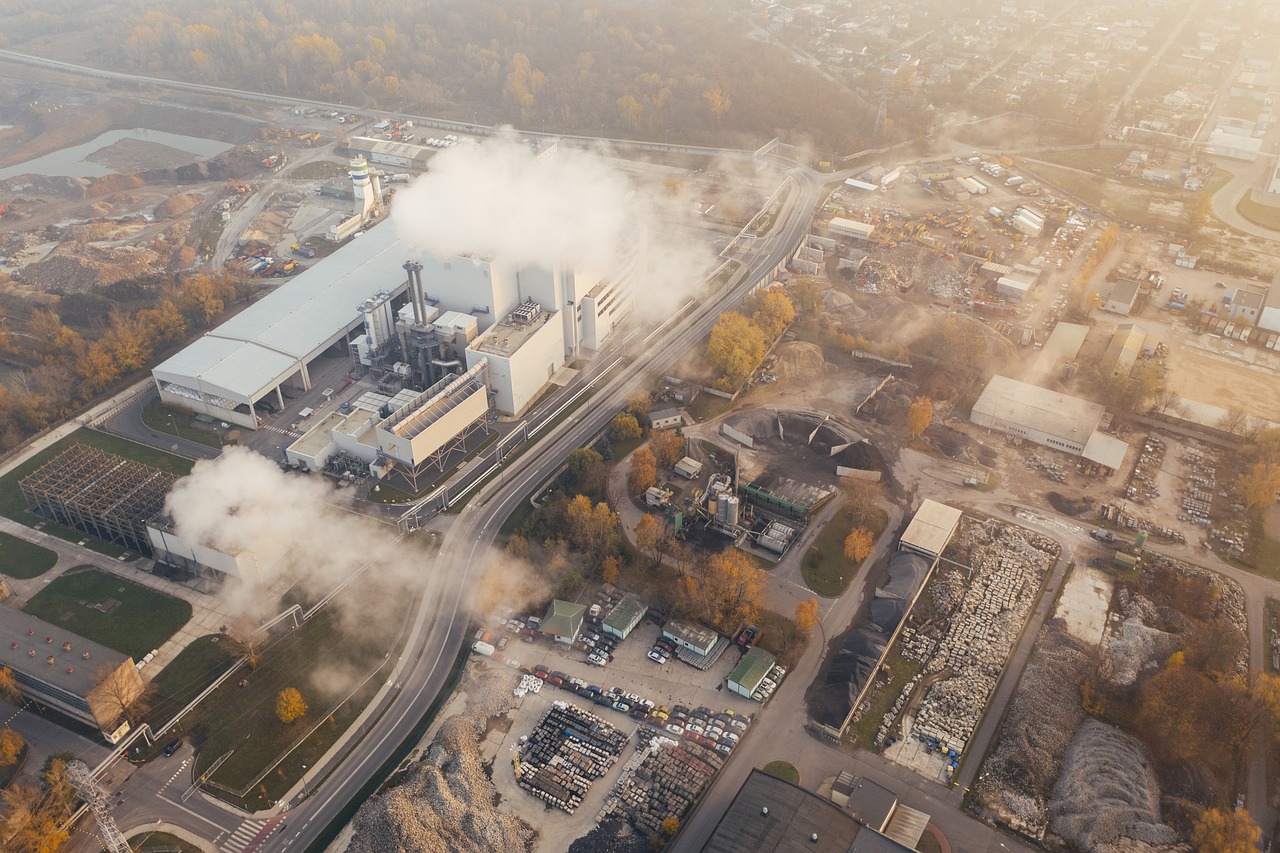Health Care
How Air Pollution and Climate Change Affect Human Health
The relationship between environmental health and human health is intricate and undeniable. A clean environment plays a crucial role in maintaining good health, and any compromise in environmental quality can lead to significant health issues. This blog explores the impact of air pollution on human health, the importance of air quality, and how climate change and global warming affect human health. Understanding these elements is vital for fostering a healthier, sustainable future.
Impact of Air Pollution on Human Health

Air pollution is one of the most significant environmental health challenges of our time. The quality of air we breathe directly impacts our health, making it essential to address the sources and effects of air pollution.
Sources of Air Pollution:
- Vehicle Emissions: Cars, trucks, and buses are major sources of pollutants such as nitrogen dioxide (NO2), carbon monoxide (CO), and particulate matter (PM).
- Industrial Activities: Factories release various pollutants, including sulfur dioxide (SO2) and volatile organic compounds (VOCs).
- Agricultural Practices: Pesticides and fertilizers contribute to air pollution, releasing harmful chemicals into the atmosphere.
Health Effects of Air Pollution:
- Respiratory Issues: Prolonged exposure to polluted air can lead to chronic respiratory diseases such as asthma, bronchitis, and chronic obstructive pulmonary disease (COPD). Children and the elderly are particularly vulnerable.
- Cardiovascular Diseases: Air pollution is a significant risk factor for heart diseases, including heart attacks and strokes. Particulate matter (PM2.5) can penetrate deep into the lungs and enter the bloodstream, causing inflammation and exacerbating cardiovascular conditions.
- Cancer: Long-term exposure to air pollutants like benzene and formaldehyde increases the risk of lung cancer.
- Developmental Problems: Air pollution affects fetal development, leading to low birth weights and preterm births. Children exposed to polluted air may suffer from impaired cognitive and physical development.
Importance of a Clean Environment
A clean environment is fundamental to public health and well-being. It not only reduces the burden of diseases but also enhances the quality of life.
Benefits of a Clean Environment:
- Reduced Disease Burden: Clean air and water significantly reduce the prevalence of diseases such as respiratory infections, cardiovascular diseases, and waterborne illnesses.
- Enhanced Mental Health: Green spaces and clean environments contribute to better mental health, reducing stress and promoting relaxation.
- Improved Quality of Life: Access to clean air and water, safe housing, and healthy food improves overall life satisfaction and well-being.
Health and Environment: A Symbiotic Relationship
The health of our environment is intrinsically linked to our health. Ensuring a clean and safe environment is essential for preventing diseases and promoting a healthy society.
Key Areas of Focus:
- Air Quality: Monitoring and improving air quality is crucial for reducing the health impacts of air pollution.
- Water Quality: Ensuring access to clean and safe drinking water is fundamental to preventing waterborne diseases.
- Waste Management: Proper disposal and management of waste reduce environmental contamination and health risks.
Air Quality Around the World
Air quality varies significantly across the globe, with many urban areas facing severe pollution issues. Countries with rapid industrialization and urbanization often struggle with maintaining good air quality.
Air Quality Challenges:
- Developing Nations: Rapid industrial growth and urbanization in developing countries often lead to high levels of air pollution.
- Urban Areas: Cities with dense populations and heavy traffic are hotspots for air pollution, posing significant health risks to residents.
- Global Disparities: Air quality monitoring and regulation vary widely, with some regions lacking adequate measures to control pollution.
Environmental Health Science: Understanding the Impact
Environmental health science studies the effects of environmental factors on human health. This interdisciplinary field combines elements of biology, chemistry, and public health to understand and mitigate environmental health risks.
Areas of Study:
- Toxicology: Examines the health effects of chemical exposures.
- Epidemiology: Studies the patterns and causes of diseases in populations.
- Environmental Policy: Develops and evaluates policies to protect environmental health.
Climate Change and Its Impact on Human Health
Climate change is a global phenomenon with far-reaching effects on human health. The changes in climate patterns lead to extreme weather events, altered disease patterns, and various health impacts.
Health Impacts of Climate Change:
- Extreme Weather Events: Heatwaves, hurricanes, and floods cause immediate injuries and deaths. Long-term mental health issues, such as PTSD and depression, often follow these events.
- Vector-borne Diseases: Changes in temperature and precipitation affect the distribution of vectors like mosquitoes and ticks, leading to an increase in diseases such as malaria, dengue fever, and Lyme disease.
- Food Security: Climate change affects agricultural productivity, leading to food shortages and malnutrition.
Global Warming Effects on Human Health
Global warming exacerbates many environmental health issues, amplifying the adverse effects on human health.
Consequences of Global Warming:
- Heat-related Illnesses: Rising temperatures increase the incidence of heat-related conditions, such as heat exhaustion and heatstroke.
- Air Quality Degradation: Higher temperatures can worsen air pollution, increasing the prevalence of respiratory and cardiovascular diseases.
- Water Scarcity: Melting glaciers and changing precipitation patterns reduce freshwater availability, leading to water shortages and related health issues.
Understanding the intricate connections between environmental health and human health is essential for creating a sustainable and healthy future. Addressing air pollution, ensuring a clean environment, and mitigating the impacts of climate change and global warming are crucial steps in protecting human health. By taking proactive measures and fostering global cooperation, we can build a healthier and more resilient world for future generations. for more blog follow Eonline360